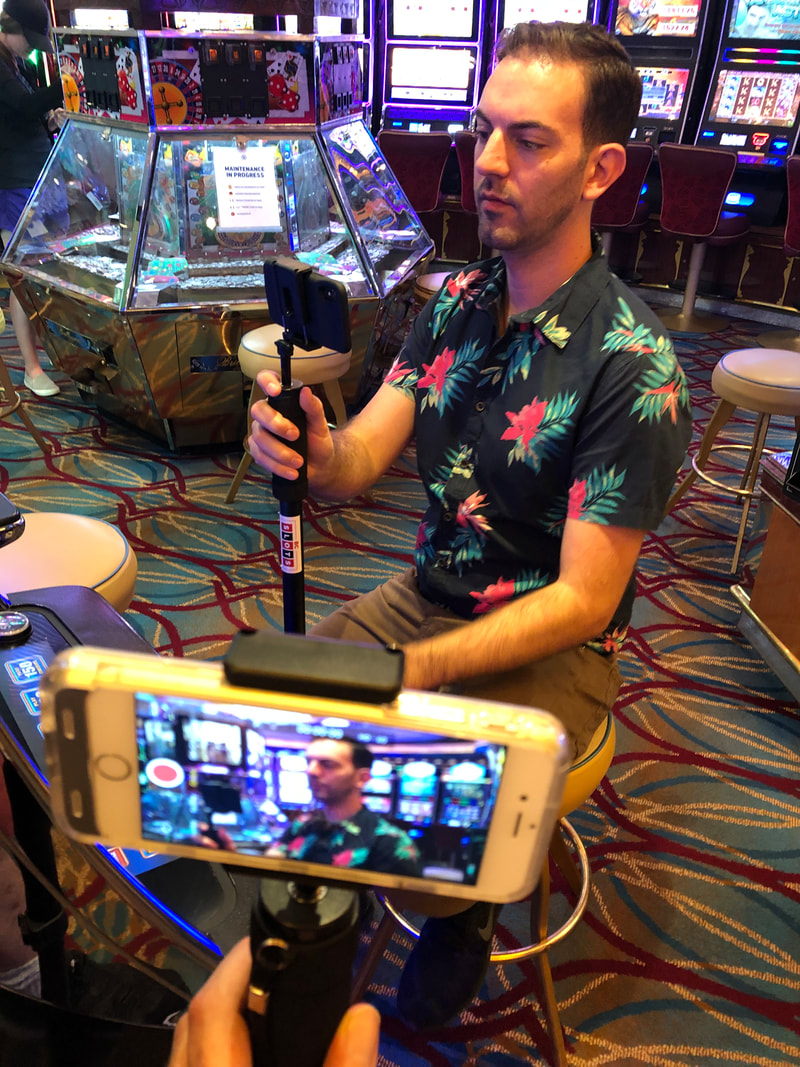Behind the Scenes: How Casinos Maximize Profits from Slot Machines
The Strategic Placement of Slot Machines
Casinos are meticulously designed to maximize revenue from visitors, and the placement of slot machines is a critical aspect of this strategy. Typically, slot machines are the first gaming devices you see when entering a casino due to their popularity and ability to attract players. They are strategically located in high-traffic areas where they are visible from multiple angles, encouraging more plays.
These areas often include spots near the casino entrance, along pathways leading to major game tables, or near snack bars and buffets where people frequently gather. The goal is to make it as easy as possible for people to stop and play on a whim as they move through the casino. The ambient sounds of spinning reels and the distinctive chime of a winning payout resonate throughout the casino, adding to the enticing atmosphere and thrilling allure of potential wins.
Machine Payout Rates and the House Edge
Every slot machine has a programmed payout rate, often referred to as the Return to Player (RTP) percentage, which is the amount of money a machine pays back to players over a certain period of usage. Importantly, these percentages are set below 100%. This sub-100% RTP means that the casino has a mathematical edge over the players in the long run. For example, a slot machine with a 90% RTP returns 90 cents for every dollar wagered, retaining 10 cents as profit for the casino.
To further their advantage, casinos might adjust payout rates depending on the popularity and location of a machine. Machines in more visible locations might have slightly higher payout rates to encourage more frequent play, thus contributing to the energetic atmosphere with more frequent winning sounds. It’s essential to understand that these rates are averaged over millions of spins and do not guarantee individual player outcomes.
Psychological Aspects Driving Player Engagement
Slot machines are not only engineered for financial optimization but also designed to engage players at a psychological level. They employ various features and triggers to maximize player time on the machine, potentially increasing their in-game decisions to continue playing. Here’s a deeper look into these psychological traps:
1. Near-Misses: Slot machines frequently feature combinations that are close to a big win but ultimately result in a loss. These near-misses provoke a feeling in players that they are close to a payout, encouraging them to try just a few more spins.

2. Small Wins: Frequent small wins or the illusion of small wins (where the payout is less than the spin wager) engage players longer, creating an illusion of success that can encourage prolonged play beyond their initial expectations.
3. Visual and Audio Stimuli: Bright lights and uplifting sounds captivate players, celebrating wins no matter the size. This environment can create a significantly distorted perception of success, as the exciting noises and light effects from winning are the same, https://casino-ggbet.pro/login/ irrespective of whether the win is big or small.
Use of Technology and Innovation in Slot Machines
Modern slot machines integrate advanced technology to both enhance the user’s gaming experience and to maintain and tighten the casino’s control over profit potentials. These innovations include:
– Random Number Generators (RNGs): RNGs are algorithms used by digital slot machines to ensure that each spin is independent of the last. The randomness provided by RNGs makes slot machines purely a game of chance, which is critical to the fairness and regulation of casino gaming.
– Ticket-In, Ticket-Out (TITO) Systems: Instead of using coins, modern slot machines use barcoded tickets for bets and payouts. TITO systems speed up play, reduce machine downtime, and minimize the need for attendants to handle coin-related issues. This system also subtly encourages players to reinsert their payout tickets into another slot machine instead of cashing out, thus keeping more money in the system.
– Loyalty Programs: Many casinos incorporate card-based loyalty programs to track the activities of players, offering rewards based on their level of play. These programs provide valuable data which casinos use to tailor promotions and incentives individually, enhancing the attractiveness of slot machines to specific players and encouraging further play.
Regulatory Compliance and Ethical Considerations
Casinos operate under strict regulations to ensure that their operations are legal and fair. This includes regular audits of their gaming machines, including slot machines, to ensure compliance with industry standards and local laws. These regulations govern aspects like payout frequencies, the fairness of the random number generator software, and the transparency of the gaming experience to players.
From an ethical standpoint, it is also incumbent upon casinos to prevent exploitative practices that target vulnerable gamblers. Many jurisdictions require casinos to include features like self-exclusion programs, which allow players to voluntarily ban themselves from casinos to curb potential gambling problems.
Conclusion
Understanding the various elements involved in the operation of casino slot machines illustrates the significant amount of planning and psychological strategies used to maximize profitability. From their favorable positioning within the casino layout to their sophisticated technological make-up and adherence to regulatory standards, slot machines are designed to be both enticing and highly efficient profit generators for casinos.
